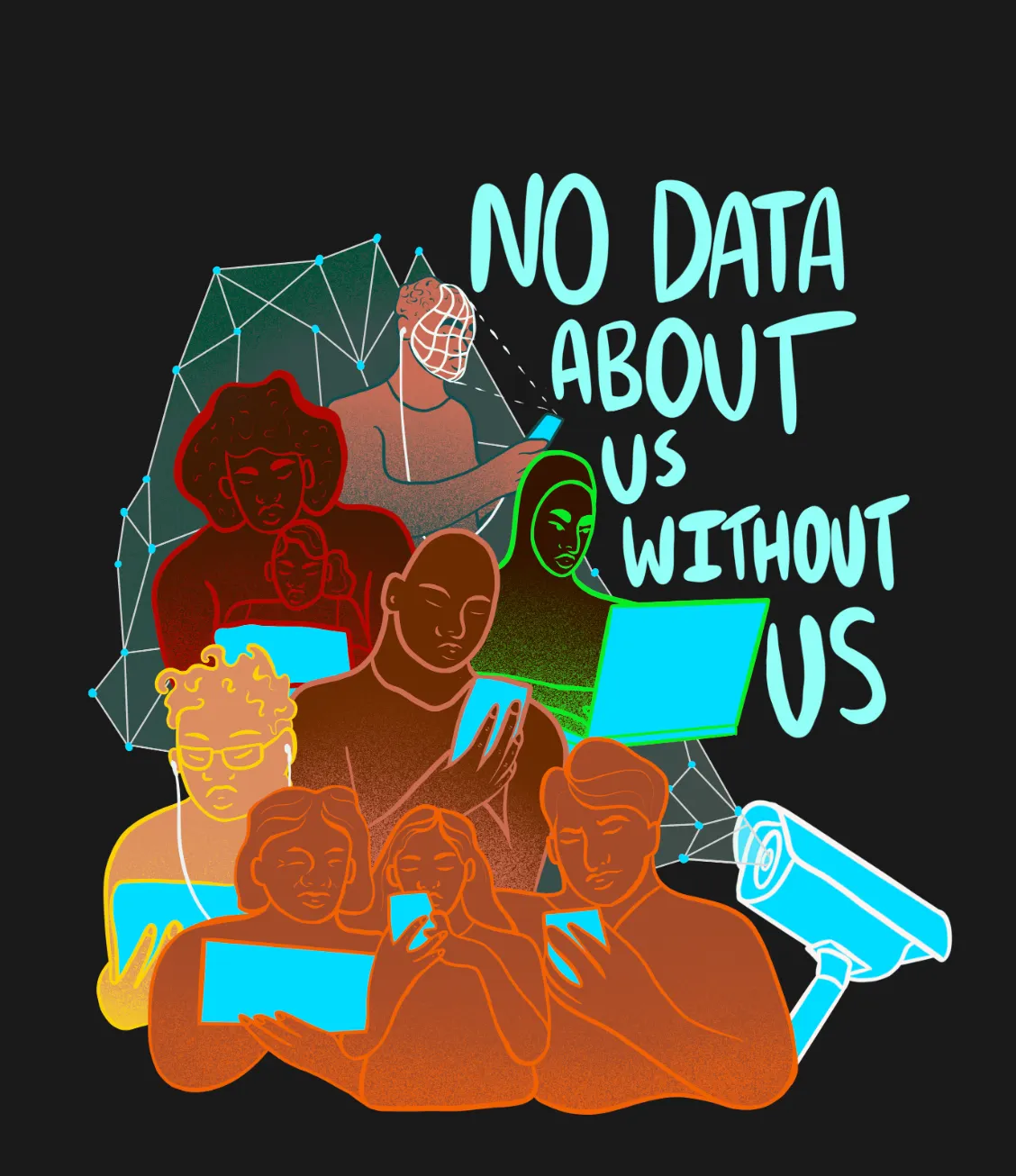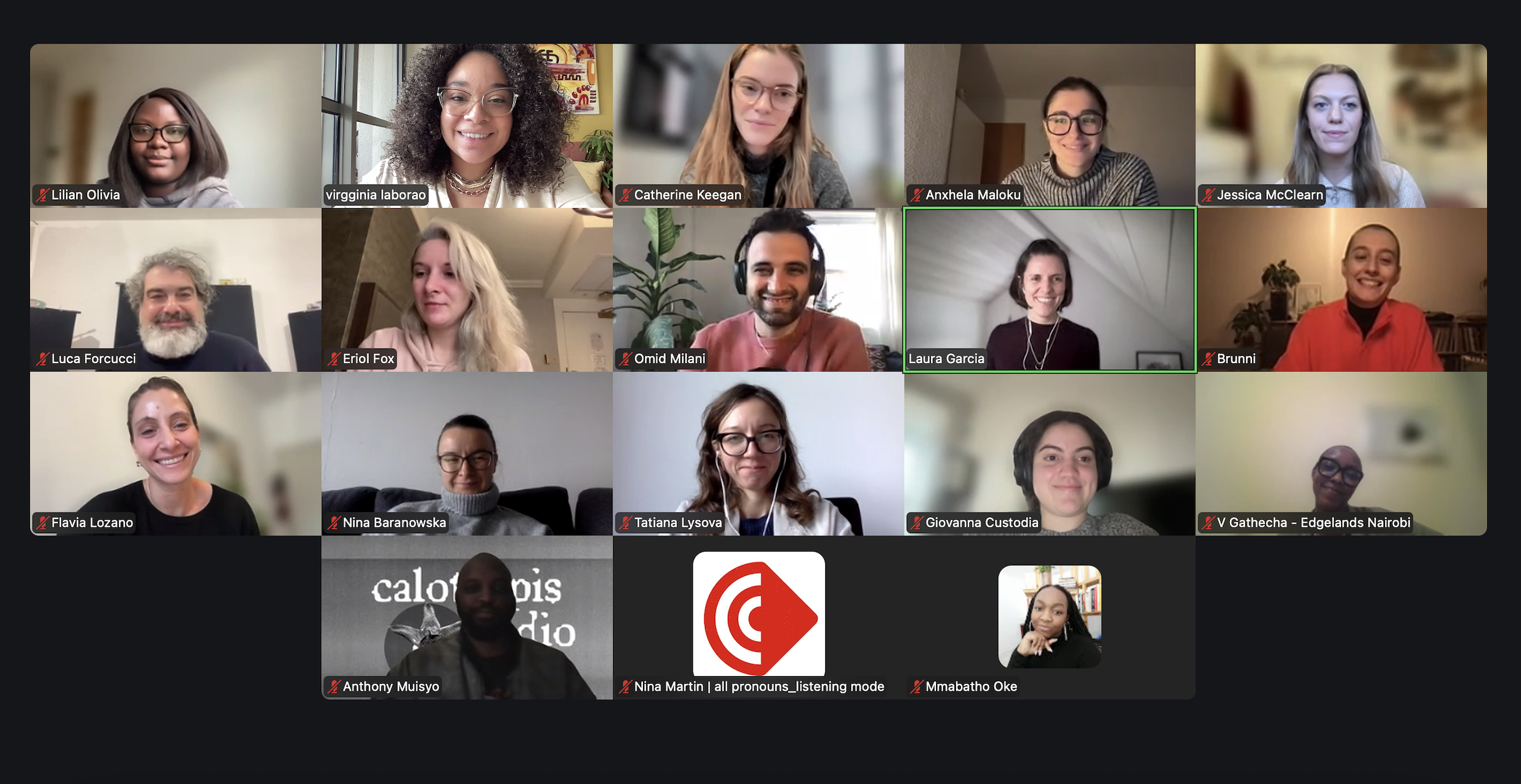Medellín
September 1, 2022
Lessons and questions from our work in the city of Medellín
María Camila RoldánIn this blog post, Maria Camila Roldán synthesizes the learnings from different Edgelands' activities in the city of Medellín, including: interviews, research marathon, art residencies, data marathon and a workshop with Editores de Ciudad.
.jpg)
Photo by Reg Natarajan for Flickr
Evolution of security, coexistence and surveillance in Medellín:
- In the last 30 years, Medellín has made significant progress in addressing the challenges of security, coexistence and surveillance.
- The city is a pioneer and has been a pioneer in understanding the phenomenon of security as a sibling of coexistence since the 2000s. Including coexistence broadened the work of the entities in charge of security - from urban and artistic interventions to changes in language, the rethinking of the role of the state in security work, terminology such as "citizen co-responsibility," and civic strategies such as NoCopio.
- At the same time, different sectors of the citizenry, like much of the country, show a growing level of distrust in traditional institutions, in city leaders and in the citizenry itself. This is manifested in different ways: some sectors, for example, show interest in having more police presence, while other sectors distrust their presence. Levels of distrust are particularly high among young people, and youth are singled out and esteemed (especially after the National Strike of 2021). Young people are also the main actors in the city's security challenges.
Adoption and use of surveillance technologies:
- The implementation of surveillance technologies for security, including security cameras, facial recognition, automatic license plate recognition and body cams, have proven to be effective tools (to a greater or lesser extent) in the containment of some crimes, such as robberies, and in the prosecution of criminal cases. Members of the public service interviewed by Edgelands have emphasized the usefulness of these tools (especially automatic license plate recognition) in facilitating and enabling police and justice operations.
- The technological tools, the actions of the public forces, and the governmental structure around coexistence and security are limited to generate impact on one of the most significant and institutionalized structural problems of the city, which is the management, dominance and legitimacy that the combos have in most of the territory.
- There are still challenges from the government and open questions from the citizenry around the governance of the information collected by these technologies. These include, for example: how long should the information be kept, how do the authorities use this information and how does this affect citizen trust?
Institutionality (formal and informal):
- In many areas of the city, the "combos" coexist with the formal institutions and they are the informal institutions in charge of providing security and attending to citizen demands regarding coexistence. This shows an unstable security since they are actors that carry out illegal activities. In their actions to preserve an established order in the neighborhoods they also generate insecurity; being responsible for much of the violence and homicides in the city.
- There is also a contrast between the formal power of the State and the informal power of the combos; there is also a parallel between State surveillance technologies (centralized and in many ways regulated) versus the deferred use of social networks and communication and surveillance technologies (perhaps but not always more precarious) by the combos. Social networks, likewise, may be having an important effect on how different segments of the population relate to security and coexistence, how they perceive the security and coexistence situation and, in general, the challenges and realities of the city and the country.
- Additionally, the lack of articulation of the metropolitan area implies important challenges for the governance of security and coexistence in the Aburrá Valley and, of course, in Medellín. Medellín's 123 line, for example, receives calls from all neighboring municipalities.
Some questions to think about the future of governance and citizen oversight of security, coexistence and surveillance in the city:
- Is it necessary to better integrate the different information systems of the city and the Aburrá Valley - and how should it be done in a way that respects the rights of citizens?
- How can we implement better transparency and oversight policies on the information collected and technologies acquired by the city?
- What are the limits of surveillance tools when it comes to making security and coexistence policy in the city? Is there a problem of "technological solutionism” - and how should we avoid it in the future)?
- Can technological tools be used to build trust between and with citizens?
Lines of action for a security, surveillance and technology policy in Medellín:
- Establish clear - and public, if they already exist - guidelines on how to adopt and use surveillance technologies and the data they collect in the city.
- Incorporate participatory mechanisms that are truly inclusive and build trust between citizens and authorities, especially young people - focus groups, etc. - to feed into decision-making processes regarding the governance of surveillance technologies and security policy in the city.
- It should be a priority to foster evidence-based decision making through data and analysis of information collected through technological tools in order to contribute to the generation of preventive and not merely reactive solutions.
- People and their safety first, technology second. Emphasize people's real needs - and adopt surveillance technologies when they really help the authorities to address them.
Based on the ideas and questions in this document, we hope to lay the groundwork for proposing some recommendations for public policy on security, coexistence and digitalization of the city, and to continue promoting debate and action.



